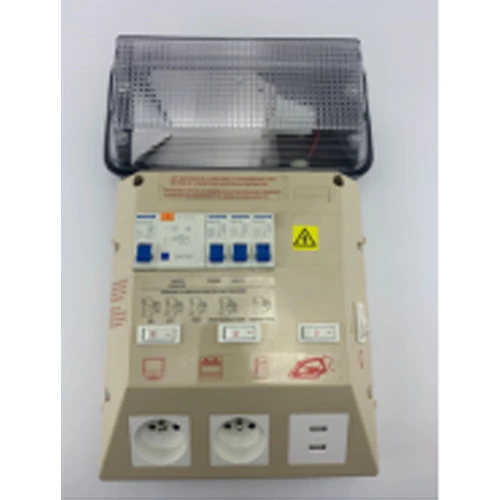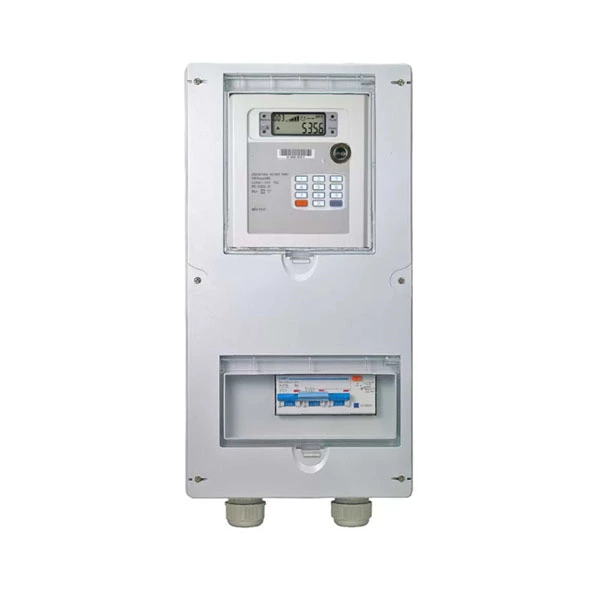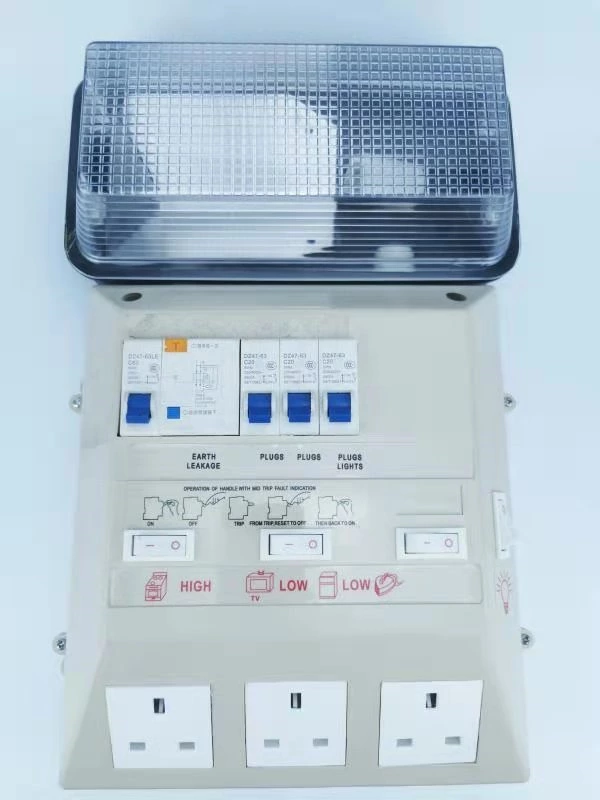Pain Points For Rural Lighting Electrical Ready Board Users: The Root Causes Of Aging, Malfunction, And Insecurity
As the "last mile" hub for electricity entering households, the operation status of rural lighting electrical ready boards directly affects residents' electricity safety and quality of life. Currently, aging, frequent malfunctions, and prominent safety hazards have become the three core pain points, which can be attributed to the following aspects:
1、 Equipment aging and material defects
Rural electrical ready boards often use iron sheets or plastic shells purchased at low prices in the early days. Long term exposure to outdoor environments can easily lead to rusting, cracking, or plastic embrittlement and fracture of the shells due to sun and rain exposure. Internal components such as circuit breakers commonly suffer from issues such as frequent start stop, contact oxidation, and spring fatigue. According to a survey conducted in a certain area, 83% of electrical ready boards that have been in operation for over 10 years have decreased insulation performance, and 67% of leakage protection devices have failed, directly threatening personal safety.
2、 Design defects and insufficient capacity
Early electrical ready boards were not designed according to modern electricity demand, resulting in problems such as chaotic circuit division and overly thin wire diameters. With the popularization of rural household appliances, the original design capacity is seriously insufficient, leading to overload operation becoming the norm. According to statistics, 45% of rural electrical ready board failures are caused by overloading, which leads to overheating of the lines, burning of components, and even causing fires. In addition, the lack of lightning protection, moisture-proof and other protective designs makes it easy to be damaged by lightning strikes during thunderstorm seasons.
3、 Lack of maintenance and lagging management
The rural electrician team is weak, and the electrical ready boards have been in a state of "heavy use and light maintenance" for a long time. Common problems include: loose wiring leading to increased contact resistance, dust accumulation causing short circuits, and animal nesting damaging insulation. At the same time, users have weak safety awareness, and there is a widespread phenomenon of unauthorized connections and overloaded electricity usage, which further exacerbates equipment wear and tear.
suggestions for improvement
Comprehensive measures need to be taken from three aspects: equipment upgrading (using waterproof, dustproof, and anti-corrosion enclosures, intelligent circuit breakers), standardized design (dynamically adjusting capacity according to electricity load), and strengthened maintenance (establishing a regular inspection system) in order to cure the "elderly disease" of rural electrical ready boards and ensure electrical safety and reliability.



